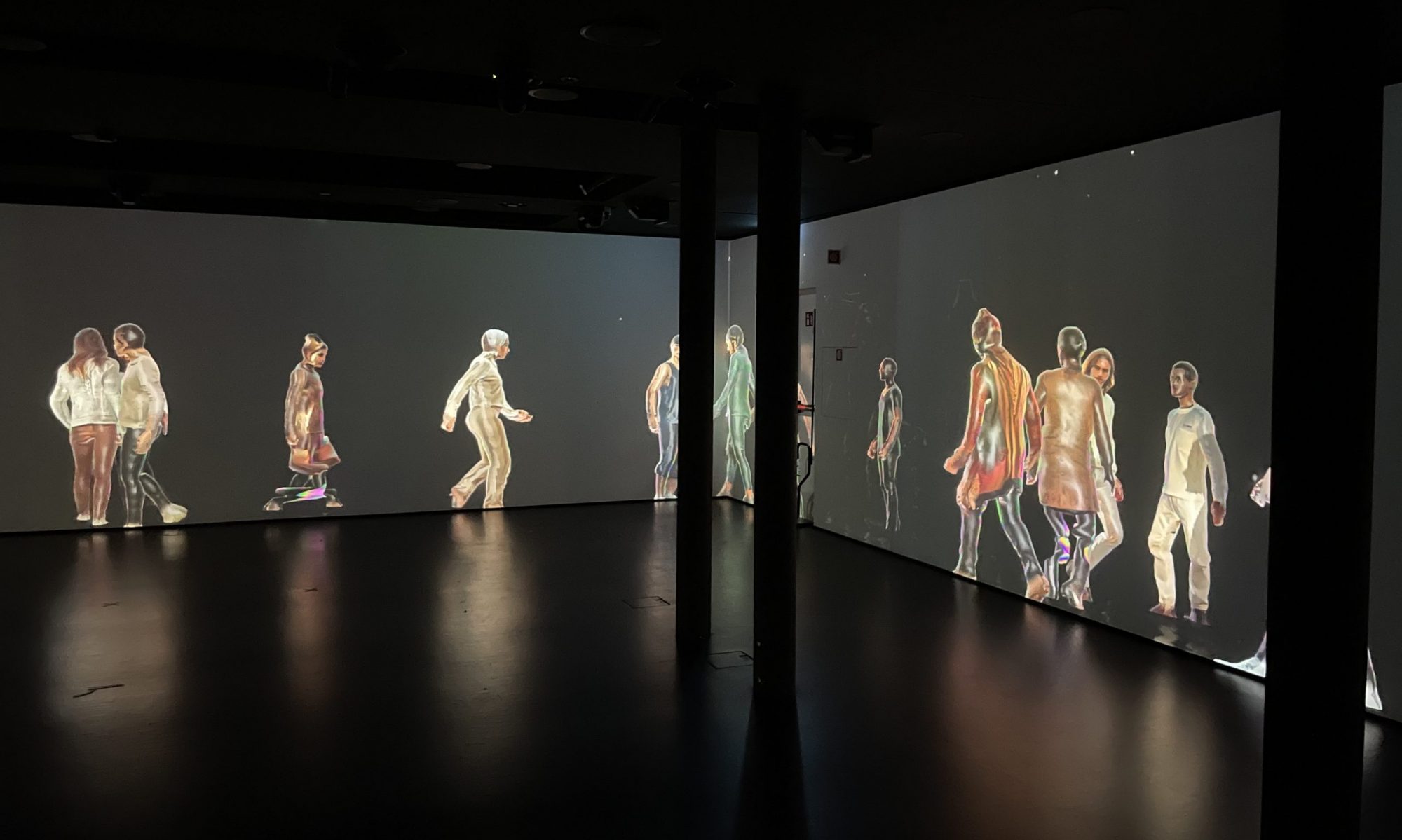Based on the concept of immersion, Immersive Arts deals with mediated and performative processes of involvement in which the boundaries of the medium or the work dissolve and the viewers or users seem to become one with their mediated environment. In the 1990s, the term immersion was primarily used in connection with game theory, virtual reality and other technology-supported art forms. Yet it also refers to a long tradition in art history of creating illusions 1). In this context, the so-called perceptual immersion (also called spatial immersion or presence) is prioritized. The intensity of the immersive experience is governed by the realism of the imagery and sound, and by the potential to physically interact with the mediatized environment 2).
Immersive Arts is located at the intersection formed by the convergence of film, games, music, sound design, and the visual and performing arts and is dedicated to the transdisciplinary artistic exploration of state-of-the-art technology. This contemporary horizon of experience in this field draws upon virtual reality, augmented reality, real-time simulations and the mixing of media and performative practices to enable technology-based research and teaching.
Immersive Arts is related to and overlapping with the fields of Digital Art, Virtual Art, Interactive Art, Sound Art, Pervasive Games, Immersive Theatre and Expanded Cinema.
1) Cf. Grau, Oliver. Virtual Art – From Illusion to Immersion. MIT Press, 2003.
2) Another primary form is story immersion (also: narrative immersion), which can become apparent, for example, when consuming a film or a novel. Empathy and imagination play a pivotal role in this experience. The terminology here can be traced back to media psychology. On story immersion see among others: Lu, Thompson, Baranowski, Buday, & Baranowski, 2012 as well as Suckfüll & Scharkow, 2009. On perceptual immersion or presence see Lombard & Ditton, 1997, Kaplanis, Bech, Jensen, & van Waterschoot, 2014.

